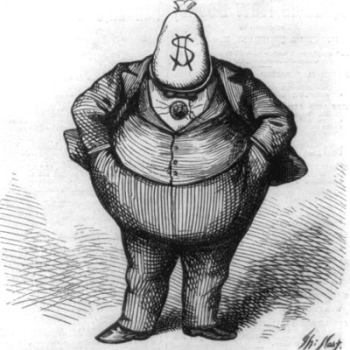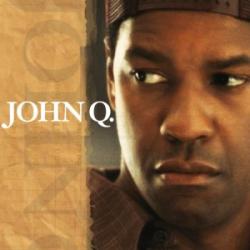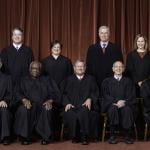This story offers some statistics on NASCAR's fanbase in a sidebar.
These figures come from NASCAR itself, and they may reflect a bit of the PR concerns of racing officials. It's possible that NASCAR fans really do split 60/40 male/female. But since NASCAR, like the NFL, is campaigning to draw more female fans, it's also possible that this number reflects a bit of wishful thinking. (Although unlike the NFL, NASCAR is open to female participation.)
With that caveat, the numbers show that NASCAR fans don't necessarily live up to the "good 'ol boy" stereotype. That stereotype provides the punchline for a lot of jokes — and for a lot of two-way chauvinism. The slightly southern tilt to NASCAR's fanbase probably has more to do with the weather than it does with some inherent attribute of motor racing.
NASCAR's figures don't address this, but there seems to be an urban/rural split in its fanbase. NASCAR is scarcely noticeable in Philadelphia, but drive 25 miles west or south and it's big news. I work for a Delaware newspaper, where NASCAR coverage is a priority. On race weekends, Dover International Speedway becomes the biggest city in the state — with more than three times as many people there as live in Wilmington.
It's this urban/rural divide that makes NASCAR a useful symbol for a certain style of populism — the kind that exploits such divides. This style of populism keeps the disenfranchised preoccupied with imaginary conflicts among the disenfranchised — pitting urban against rural, poor white people against poor black people.
Here are NASCAR's numbers on income distribution:
NASCAR fans
$30,000 – $50,000: 29%
$50,001 – $75,000: 22%
$75,001 – $100,000: 12%
$100,001 and greater: 8%
U.S. population as a whole
$30,000 – $50,000: 22%
$50,001 – $75,000: 18%
$75,001 – $100,000: 12%
$100,001 and greater: 9%
For some reason, NASCAR decided not to include figures for those earning less than $30,000 a year. For NASCAR fans and the population as a whole those figures are 29 percent and 39 percent respectively — a rather large chunk of the populace to ignore.
The tiers NASCAR provides don't correspond to the levels of income distribution levels that economists, policymakers and the IRS focus on. They seem more like a reflection of the demographic concerns of sponsors and advertisers. But this is still interesting:
Household income < $50,000
NASCAR fans: 58%
U.S. population: 61%
Household income < $75,000
NASCAR fans: 80%
U.S. population: 79%
That seems to indicate that race fans are, if anything, slightly more affluent than the general population, but since all we have to go on here is household income — with no information about household size, number of children, etc. — that really isn't clear. And anyway income distribution can be far less significant than wealth distribution.
What is clear from these numbers is this: 4 out of 5 American households earn less than $75,000 a year.
That fact suggests two possible "populist" responses. One kind would encourage this four-fifths of the country to work together for the interests of the majority. The other kind looks for ways to divide this majority, pitting factions of it against each other, in order to protect the interests of that other 20 percent.
NASCAR has become a potent symbol for populist appeals. When politicians seek to exploit this symbol, we should ask what kind of populism they're pursuing.












